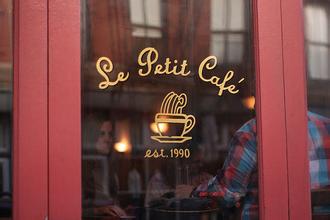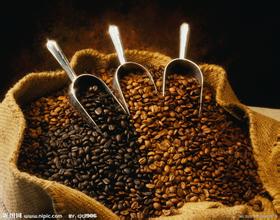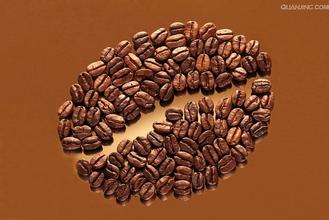There is a close relationship between the major literary and art cafes and the development of the newspaper industry.
In Berlin at the beginning of the 20th century, people also followed the Vienna model and set up a literary cafe in the William Memorial Parish. In the 1880s, the Little Black Pig Cafe has become one of the favorite gathering places for artists and writers. This is where people met Monk and Strindberg in 1889. In the years before World War I, the most popular Berlin cafes for writers and artists were the Cafe Rome and the Cafe of the West, which was jokingly called the "Great dreamer" because the people there were engrossed in endless philosophical and artistic debates.
At that time, there was a close relationship between the major literary and art cafes and the development of the newspaper industry, which was perhaps the most obvious in the examples of some cafes in Central Europe. In Vienna, Budapest and Prague, it was soon established that readers could choose the usually large number of daily (or weekly) newspapers, not only local dailies and national newspapers, but also real and typical European international newspapers. The habit still exists in some cafes in central Vienna, and even today, customers at Glenstair, Herrenhoff and Central Cafe certainly can't expect more than their customers in the 1890s. Many literary works are reminiscent of these cafes
As a typical modern communication and entertainment space, in European capitals and other metropolises, large central cafes have become a symbol of a new urban way of life within a few years. at the same time, it also shows the symptoms of various crises related to the changes of social relations and private life. At that time, cafes increasingly replaced upper-class or civic salons, which have been the main places for cultural and artistic gatherings since the mid-17th century. Salon is a space associated with an individual (a lady, an important figure in the political or literary world) or a family, which is basically private, and this nature is reflected in its special form, that is, its operation must follow the necessary etiquette. Even people who can enter the salon are in danger of being excluded, and the reasons for being excluded are sometimes negligible: during the period we are concerned about, the novelist Marcel Proust gave a fairly extensive explanation of the durability of "salon culture". There is no doubt that he also provided the most accurate analysis of the salon mechanism.

Important Notice :
前街咖啡 FrontStreet Coffee has moved to new addredd:
FrontStreet Coffee Address: 315,Donghua East Road,GuangZhou
Tel:020 38364473
- Prev

Multi-coffee brands compete for the Chinese market to accelerate the fierce competition for investment in China.
Hu Lu, deputy secretary general of Yunnan Coffee Association, told reporters: Starbucks' high price makes coffee a luxury. The third space it creates gives Starbucks the strength to set higher prices. Wang Zhendong, secretary general of the Shanghai Coffee Association, believes that early entry into the Chinese market has given Starbucks a monopoly position, but Starbucks' advantage lies in quality management, which represents standardization.
- Next

The Development History and Culture of Chinese Coffee
The development history and culture of Chinese coffee the representative of the second wave of coffee in Europe and the United States Starbucks is also exploding in China, and the third space built by Starbucks in the world has become the reason for people to be infatuated with it. In such a space, people's relationship is free and equal, there is no sense of hierarchy in the workplace, nor the shackles of various roles in the family.
Related
- What is the standard process for the purpose of coffee cup testing? What is the difference between hand-brewed coffee and cup testing?
- How to use hand-brewed coffee paragon small golden balls? How does cold coffee lock in the aroma of coffee?
- Is American coffee black? What is the difference between American coffee and drip coffee?
- Unexpected! Well-known tea beverage brand Lele Tea will withdraw from the Zhengzhou market!
- Starbucks enters the fashion and beauty industry?! Netizen: Give me an ice American eye cream
- Why can American refills for free? The difference between Americano and American drip pot coffee
- Being chased out of the rain in front of Starbucks?! Store: Sheltering from rain under umbrellas poses a safety hazard
- The white moonlight has changed?! Lucky launches "Big Winter Pear American"
- Hand-brewed coffee three-stage method, high-sweet and universal brewing method to share! What does the high sweet water level of hand-brewed coffee mean?
- What is the difference between raw, refined and full espresso coffee? How to extract espresso and taste good?

